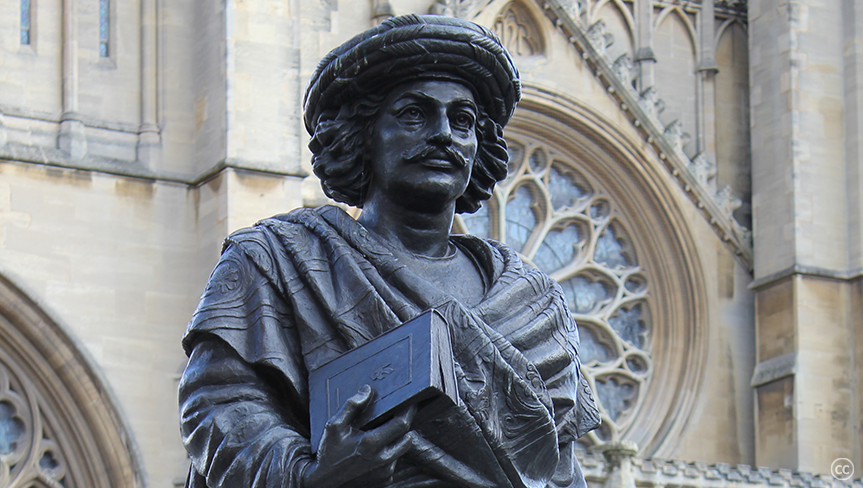The Brahmo Samaj: in a nutshell

Back in the nineteenth century, the Brahmo Movement emerged in colonial Bengal. It was a social and religious movement that centred around the institution known as the Brahmo Samaj. The movement was initiated by Raja Rammohan Roy (1772–1833), who is famous in history for his crusade against the age-old practice of Sati. Rammohan established the Brahmo Sabha in 1828 which became the Brahmo Samaj in 1830. The Brahmo Samaj became the mouthpiece of the movement, and through it Rammohan launched a protest against the popular practice of idol worship among the Hindus. The Samaj preached monotheism or belief in one god. The god of the Brahmo Samaj is formless or nirakara and thus, invisible. Rammohan held that centuries of idol worship had degenerated Hinduism and that the Samaj aimed to revive it to its truest form.
The Brahmo Samaj rose to prominence in those days, and its reach eventually extended beyond Bengal. After Rammohan’s death, Debendranath Tagore (1817–1905), who was also known as the ‘Maharshi’ or the great sage, associated with the Samaj and led the movement. At that time, English-educated gentlemen exposed to Western education, often couldn’t relate to the rituals of traditional Hinduism. Therefore, to quench their spiritual thirst and to find some solace, these young men would often join the Brahmo Samaj. People who put their faith in the Samaj came to be known as the Brahmos. Keshab Chandra Sen, Sivanath Sastri, Bijoykrishna Goswami, Dwarkanath Ganguly were some of the noted Brahmos from the latter half of the nineteenth century.






That’s a nice little piece to inform someone uninitiated about Brahmo Samaj. I personally think a line or para about how Brahmo Samaj became the intellectual tide to push the Colonial Govt. and the opinion of the common mass towards much needed reforms not just in Bengal but all over India would have further enriched the article. Keep up the good work Sunanda Chatterjee and the What’s What team. By the way, leaving the ‘about the author’ blank makes the readers a bit disappointed.